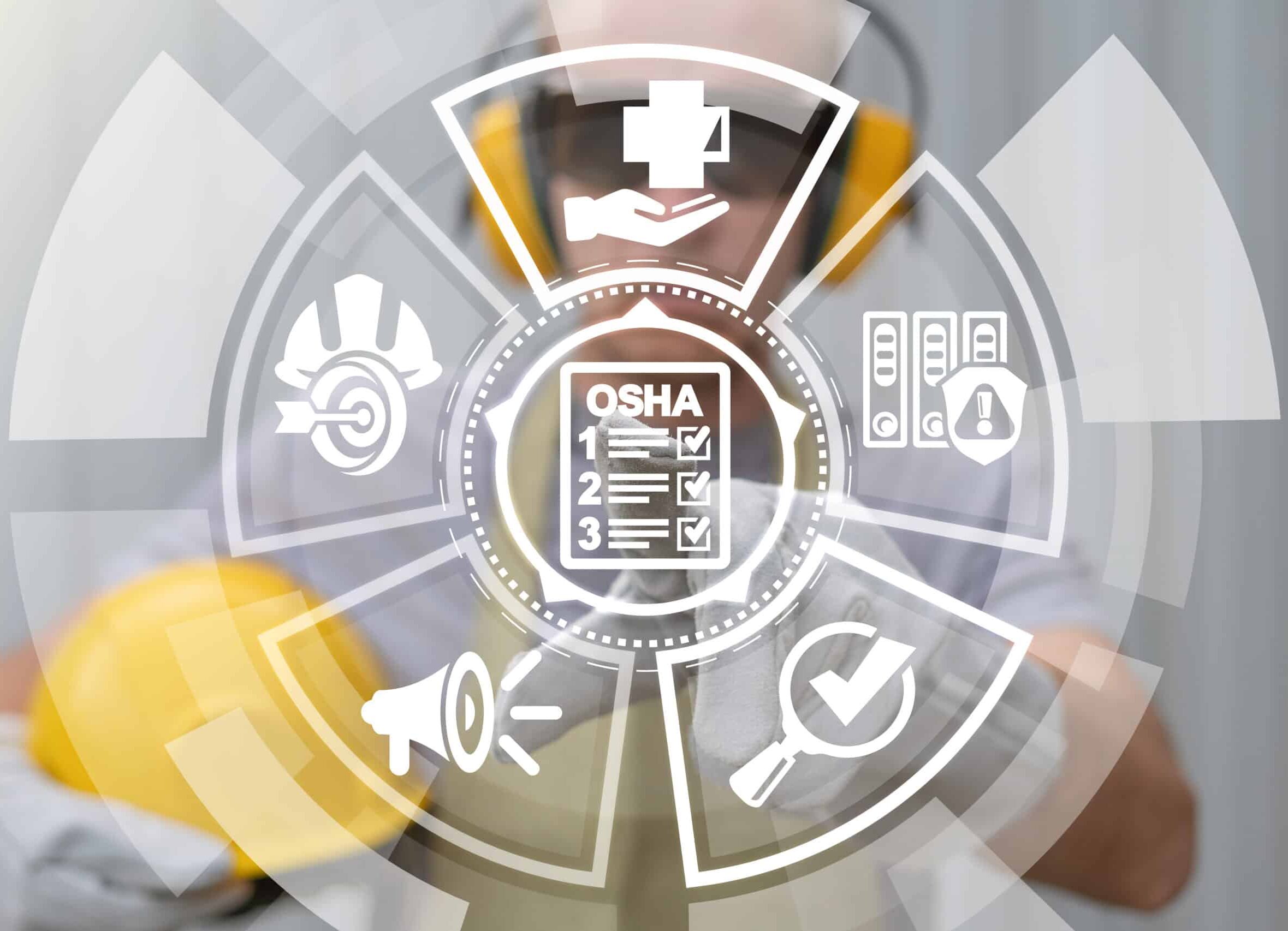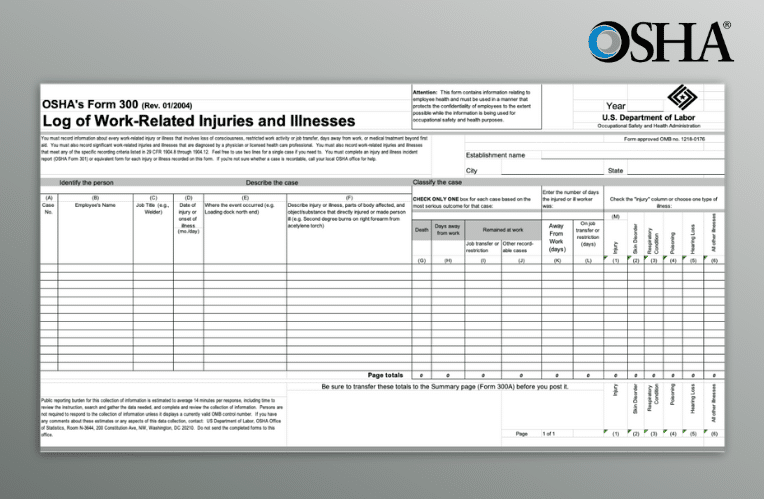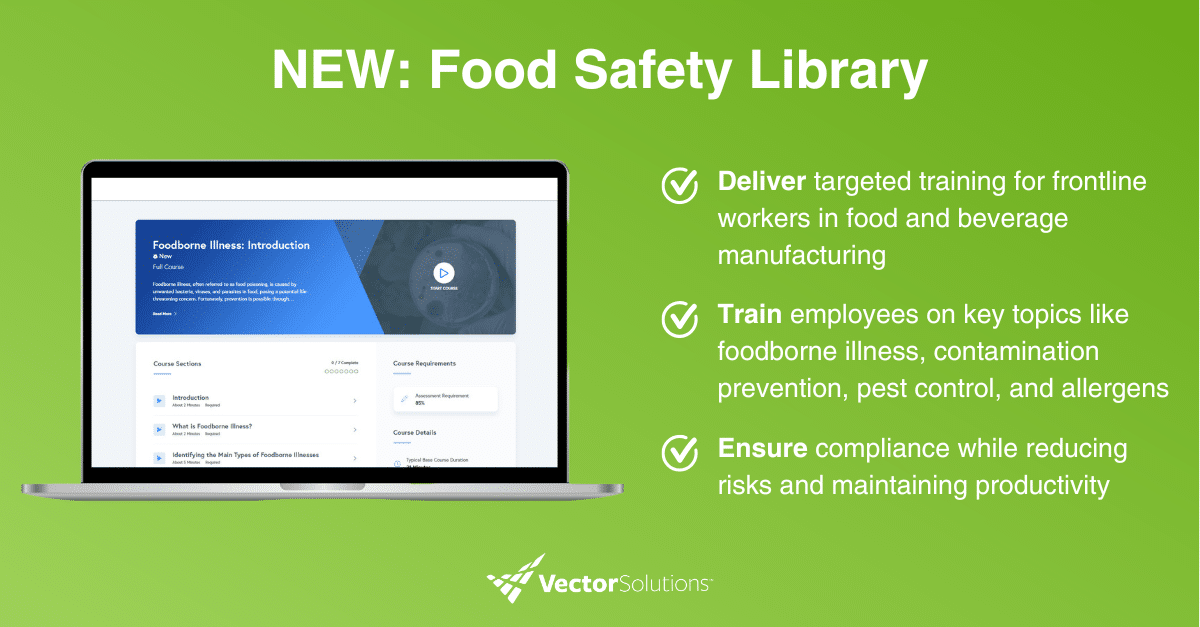October 31, 2024 6 min read
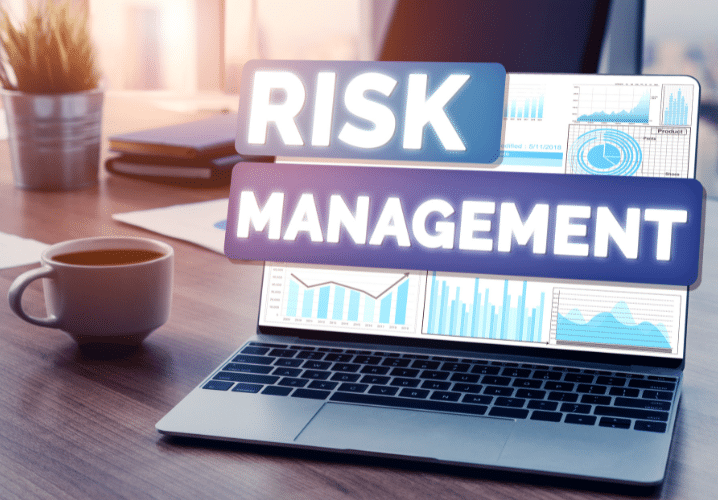
8 Principles of Risk Management: Risk Management Basics
Industry:
Solution:

The ability to effectively manage risk is more crucial than ever. Regardless of your industry, understanding and mitigating risks can mean the difference between success and failure. That’s because risk management is not just about avoiding potential pitfalls; it’s about strategically navigating uncertainty. In this blog, we’ll explore the eight fundamental principles of risk management that will provide your organization with a comprehensive framework for managing risks effectively, ensuring that your organization is resilient, agile, and well-prepared to face the challenges of the future.
Vector EHS Management Brochure
Bring all your organization’s EHS activities, tasks, and reports into one single, easy-to-use solution.
Learn More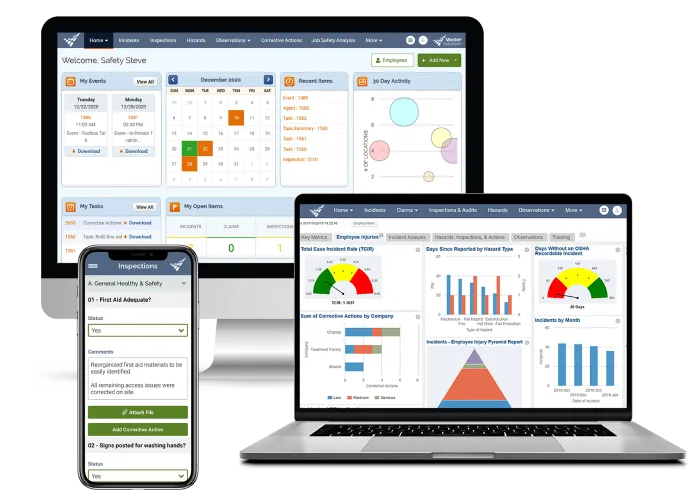
What is Risk Management?
Risk management is the systematic process of identifying, assessing, and controlling threats and deviations from the expected, which can impact an organization’s ability to reach their objectives.
Risk management, therefore, involves a strategic approach to monitor and mitigate potential risks at their organization. At Vector Solutions, we often talk about risk management in terms of safety and compliance. For example, mitigating safety risks helps prevent downtime, reduce the costs of safety incidents, and keep employees safe, ensuring continuity of operations.
A coordinated risk management effort includes the following activities:
- Identifying Risks: Risk management begins with risk identification, which is the process of finding, recognizing, and defining risks to the organization. This also includes identifying their root causes and potential effects.
- Analyzing Risks: After you have identified a risk, you must perform risk analysis. This risk assessment should help you further understand the nature of the risk, the level of severity, and the likelihood of its occurrence. The likelihood and severity of a risk are often mapped in a risk matrix.
- Evaluating Risks: After analyzing the risk, it’s important to evaluate if you need to take action to mitigate the risk. Risk evaluation includes a process of ranking the risks in terms of their magnitude and comparing them against a set of risk criteria to determine which risks need to be addressed.
- Treating Risks: If you have determined that action is necessary, you will “treat” the risk. This just means that you will address the risk by either avoiding the risk or removing the source of the risk. One standard you may use to determine how you address specific hazards is the hierarchy of controls.
- Monitoring Risks: This involves continuously tracking identified risks, reassessing their status, and evaluating the effectiveness of risk mitigation measures. This ensures that any changes in the risk environment are detected early, allowing for timely adjustments to risk management strategies.
- Reviewing Risks: Reviewing risks is the process of periodically evaluating your overall risk management framework and its outcomes. This provides an opportunity to learn from past experiences, refine risk management strategies, and enhance the organization’s resilience against future risks.

Risk Management Principles
The International Organization for Standardization (ISO) outlines eight risk management principles to create a robust risk management program:
- Integration
- Structured and comprehensive
- Customized
- Inclusive
- Dynamic
- Uses best available information
- Considers human and culture factors
- Practices continual improvement
Let’s look at each a little more closely.
Integration
An organization should integrate its risk management efforts into all parts and activities of the organization.
Structured and comprehensive
Creating and following a comprehensive, structured risk management approach leads to the most consistent, desirable risk management outcomes.
Customized
An organization’s risk management approach should be customized to their own needs, including the organization’s objectives and the external and internal context in which the organization operates.
Inclusive
To be most effective, risk management should involve all stakeholders in appropriate and timely ways. This allows the different knowledge sets, views, and perceptions of all stakeholders to be considered and implemented into risk management efforts.
Dynamic
As the organization changes, including its external and internal context, the organization’s risk management program and efforts should change, too. Change is inevitable and successful organizations know how to work with change. A risk management program should help the organization anticipate, identify, acknowledge, and respond to changes in an appropriate and timely way.
Uses best available information
Effective risk management is done by considering information from the past and present as well as anticipating the future. Therefore, the information from the past and present must be as reliable as possible, and risk managers must consider the limitations and uncertainties of that past and present information. All relevant stakeholders should receive necessary information in a timely manner.
Considers human and culture factors
Risk management is a human activity and it takes place within one or more culture (e.g., organizational culture). Risk managers must be aware of the human and culture factors that the risk management effort takes place in and know the influence that human and culture factors will place on the risk management effort.
Practices continual improvement
Through experience and learning, risk managers must strive to continually improve an organization’s risk management efforts.
How Risk Management Principles Apply to Safety
As we mentioned earlier, we are often focused on safety and compliance management and how it relates to risk. But how do the principles of risk management apply to safety?
When we look at the negative effects of risk on safety, we often call them hazards.
“A hazard is the potential for harm. A hazard is often associated with a condition or activity that, if left uncontrolled, can result in an injury or illness.”
That definition closely mirrors that of risk. So, the two concepts are certainly intertwined for safety managers. For safety leaders, risk management is primarily concerned with identifying, analyzing, evaluating, and addressing the risk to avoid workplace hazards and the negative impacts of safety hazards.
EHS Management Software Buyer’s Guide
Find the safety management solution that works best for your company.
Download Guide
How Vector Solutions Helps with Safety & Compliance Risk Management
Effective risk management is essential for maintaining safety and compliance within any organization. Vector Solutions offers comprehensive tools and resources designed to help organizations navigate the complexities of risk management. With a focus on safety and compliance, Vector Solutions offers our customers a powerful EHS Management solution that streamlines the identification, analysis, and mitigation of hazards.
“We pride ourselves on doing a great job of identifying and addressing potential safety hazards. And with the help of Vector EHS we are building a framework that can assist us in identifying contributing factors, becoming more responsive, and being proactive in our safety programs.”
Incorporating Vector Solutions into your risk management strategy not only helps in mitigating risks but also empowers your organization to proactively manage safety and compliance challenges. With Vector Solutions, you can confidently navigate the uncertainties of today’s business environment and build a safer, more resilient organization.




